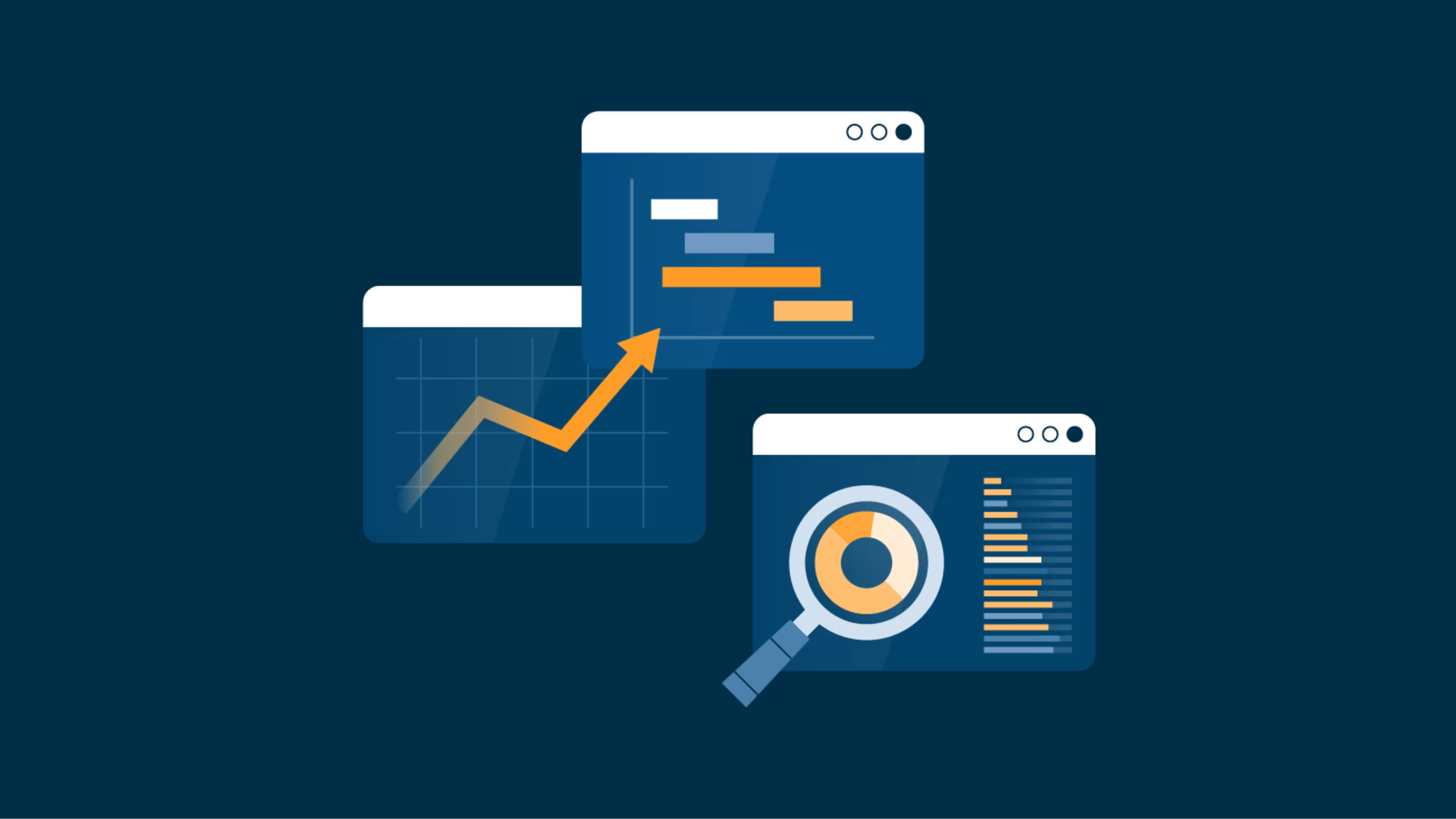Using your data wisely comes down to using the right statistical analysis method.
When you formed your small business, you probably weren't thinking much about math, data, and science. Odds are good you had a service or product in mind that you wanted to bring to market.
Here's the truth: There are some less-fun things you need to do at your small business if you want to be successful. Statistical analysis is one of them.
When done right, statistical analysis can yield insights about things such as customer behavior or your profit margin so you can identify improvement areas.
What is statistical analysis?
At its core, statistical analysis lets you look at data and make conclusions. It is defined as the science of viewing large swaths of data.
Statistical analysis helps you understand trends, interpret data, and make conclusions, all of which can facilitate insights that you can use to improve your business.
Statistical analysis takes many forms (known as statistical methods). While the term itself can be intimidating, such methods are usable by anyone, including small-business owners.
Types of statistical analysis (statistical methods)
There are many types of statistical analysis, some of which are simple while others are more complex.
Fortunately for small-business owners, you don't need an advanced math degree to conduct statistical analysis. All you need is some sort of software (such as Microsoft Excel or other data tools). Generally speaking, there are seven types of statistical analysis.
1. Descriptive statistical analysis
This type of analysis involves converting data into an easily understandable, descriptive form. Often, this means presenting data into a visual format such as graphs or charts.
Descriptive statistical analysis may be the type of analysis your small business is most familiar with, as it can take the form of profit/loss statements, inventory charts, sales breakdowns, etc.
2. Inferential statistical analysis
Inferential statistical analysis describes making a conclusion based on incomplete data. For example, businesses can use inferential statistical analysis to predict how sales of certain items would go.
3. Predictive analysis
Predictive analysis is using data to make a definitive conclusion about an anticipated event. It can be helpful if you examine data trends to make conclusions about what will come next.
For example, business leaders can use predictive analysis to analyze their sales and revenue streams and determine what times of year will be busier than others based on data from previous years. Leaders can then apply this information in ways such as determining staffing needs and making cash flow predictions.
4. Prescriptive analysis
This method means looking at data to determine the next steps for a particular action and make an informed decision. Simulations or computer algorithms are examples of prescriptive analysis' end-product.
Prescriptive analysis is commonly used by businesses; use cases include using data to determine how many people are likely to be in your store during a specific time. From there, you could build a schedule that allows you to meet your staffing needs while keeping costs to a minimum.
5. Exploratory data analysis
With exploratory data analysis, data is reviewed, sorted, and casually analyzed, often as the first step or type of data analysis. It can be used to quickly identify any potential relationships between data sets.
It's possible that you casually employ exploratory data analysis at your small business. For example, many business owners glance at profit and loss statements and then casually analyze that information to reach their own conclusions.
6. Causal analysis
This is a type of statistical analysis that allows you to determine relationship links and causes. Causal analysis helps you figure out the "why" when something occurs.
Causal analysis can be beneficial for small businesses looking to answer questions like why some items are more popular than others. You can use this statistical method to find out why more people enter your business on certain days of the week, for example, and then use that data to grow sales.
7. Mechanistic analysis
Mechanistic analysis involves the examination of the individual variables of a system. Then, it analyzes the impact that each variable will have on the entire system.
This is a more advanced form of statistical analysis. You can use it to determine the impact that one facet of your business has on the business as a whole. For example, a business could try to determine how staffing levels impact a variety of other variables, such as customer satisfaction or revenue streams.
Dive deeper with data analysis software
The proliferation of low-cost software and websites has made statistical analysis more accessible for small businesses. Whether you're looking to forecast revenue, predict future sales trends, or evaluate specific business components, statistical analysis can help.
It isn't the end of the road in terms of analytics, however. Data analysis tools can help you take your data-driven decisions to the next level.
Capterra's Data Analysis Software Shortlist 2021
Want to learn about hiring a data analytics company? Our list of the top data analytics companies and their features will help you narrow your search. Read more in Capterra’s data analytics company hiring guide.
